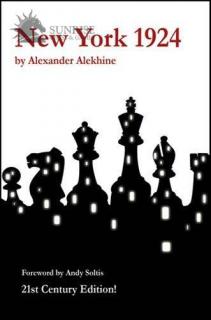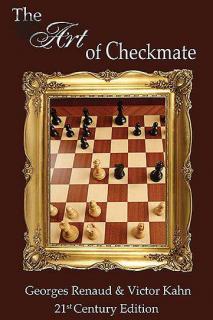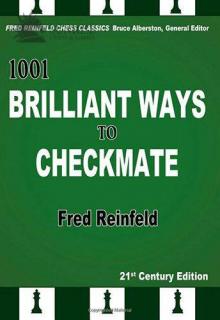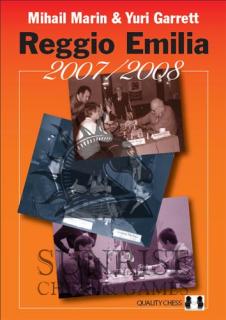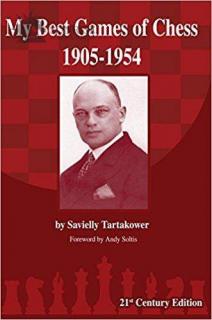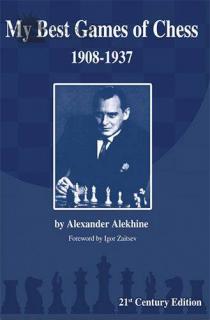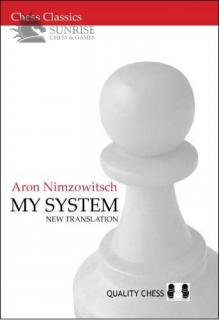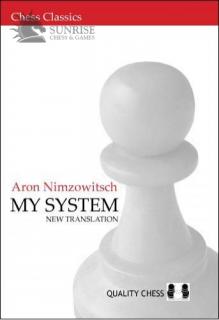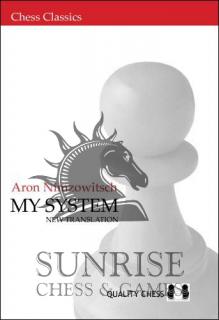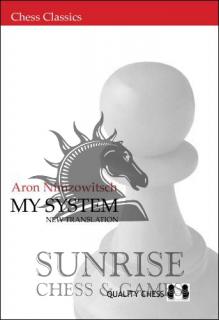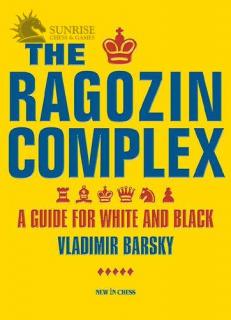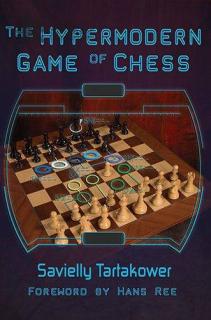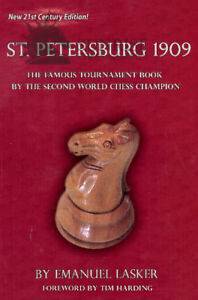
St. Petersburg 1909: New 21st Century Edition of a Famous Tournament Book
The Famous Tournament Book by the Second World Chess Champion
In February 1909, nineteen of the worlds best chessplayers gathered in St. Petersburg to play in one of the most famous tournaments in chess history. World Champion Emanuel Lasker topped the list of competitors, which also included Akiva Rubinstein, considered by many to be Laskers likely successor, Carl Schlechter, who would play one of the most famous matches against Lasker a year later, and many other of the greats of the era – Spielmann, Bernstein, Teichmann, Mieses and Tartakower, to name but a few.
One of the Great Chess Tournaments of All Time!
This is the official tournament book – available for the first time in English in algebraic notation – written by Emanuel Lasker. He annotated all 175 games in the clear, instructive style that would become his trademark.
The great 1909 International Chess Congress has long since taken its place among the greatest chess tournaments of all time. Now you may experience this 21st-century edition of Laskers terrific tournament book.
- Sklep: Sklep Szachowy: Szachy, Figury, Zegary, Książki, GRAWEROWANIE LASEROWE! - Polski Producent szachów e
- Kategoria: KSIĄŻKI SZACHOWE/KSIĄŻKI - PO ANGIELSKU/Inne wydawnictwa
- Dostępność: na pytanie
- Zaktualizowany: 28.10.2024
- Cena: 95.00 zł
